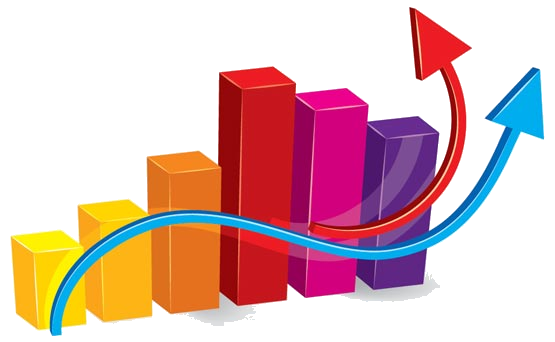Global Supply Chain
Using this link for the UN Trade and Development (UNCTAD) https://unctadstat.unctad.org/insights, discuss what you see concerning changes in international trade and why this may be happening. Look around the UNCTAD site and discuss changes and interesting facts concerning transportation and individual country data that are interesting. If you have trouble with the link, cut and paste it into a browser or if the error message comes up click on Data Insights and International Trade.
Homework 2: 4 pages with at least 2 references
Answer the following questions:
- Describe volumetric charging
- Describe the fixed costs, variable costs, and main advantage of the five modes of transportation (road, rail, air, water, pipeline).
- Research UNTCTAD’s Annual Review of Maritime Transport and determine amount of world maritime trade by mode.
- Describe factory gate pricing
- The map at the start of the book illustrates the world’s international shipping routes. How might the progression of China’s Belt and Road Initiative (BRI) alter those routes.
- Due to the standardization of shipping containers, some companies such as Cosco and Maersk operate port strings. Please describe the advantage provided in these strings.
- Read the article titled Intermodal Transport Security: Need for an Integrated Approach and identify the specific security gaps in each transportation mode.
Sample Answer
Exploring International Trade Trends and Transportation on UNCTADstat
The UNCTADstat website (https://unctadstat.unctad.org/insights) offers valuable insights into international trade trends and transportation data. Let’s delve into some key points and interesting facts we can find there:
1. Changes in International Trade:
- Global Trade Growth: UNCTADstat allows you to explore trends in global trade growth. While historical data shows a generally increasing trend, recent years might indicate a slowdown or potential fluctuations. This could be due to factors like:
- Trade wars and protectionist policies between countries.
- Global economic slowdowns.

 Our orders are delivered strictly on time without delay
Our orders are delivered strictly on time without delay  Our orders are delivered strictly on time without delay
Our orders are delivered strictly on time without delay 



